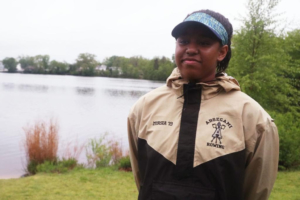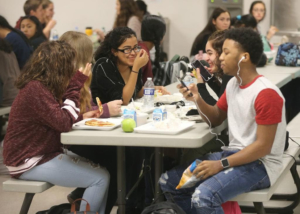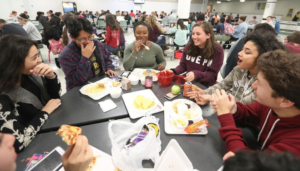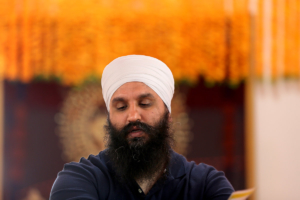Anti-Bullying Websites and Resources
The Anti-Bullying Network is an independent operation with the following objectives: to support anti-bullying work in schools; to provide a free website; and to offer an anti-bullying service which will include the provision of training, publications and consultancy services.
Basic information on coping with bullying for school aged kids, parents and teachers. It includes links, webquests and other activities.
Character Education Partnership (CEP)
Character education and school climate approaches can have a strong, positive impact on children and schools. Based in Washington, DC, it is a nonprofit, nonpartisan, nonsectarian coalition of organizations and individuals committed to fostering effective character education in our nation’s schools.
National School Climate Center
NYC-based national organization that helps schools integrate crucial social and emotional learning with academic instruction. In doing so, they enhance student performance, prevent drop outs, reduce physical violence, bullying, and develop healthy and positively engaged adults.
NJ Coalition for Bullying Awareness and Prevention
The mission of the NJ Coalition for Bullying Awareness and Prevention is to increase community awareness of bullying as a common serious problem of school-age children and to advocate for the implementation of effective bullying prevention approaches in NJ. The website includes a list of key points about bullying and hazing, and tips on how to deal with bullying in school.
This federal government website managed by the U.S. Department of Health & Human Services provides information from various government agencies on how kids, teens, young adults, parents, educators and others in the community can prevent or stop bullying.
This website, created by Stan Davis, a school counselor and bullying expert in Maine, offers practical, research-based strategies to reduce bullying in schools and includes information on what works and what doesn’t work to stop bullying. It also contains training materials. Davis’s book, Schools Where Everyone Belongs, is a practical and useful guide on the subject.
This anti-hazing website covers many aspects of hazing in fraternities, sororities, high schools, student organizations and in the military. It includes statistics, information on laws, deaths, myths and facts about hazing.
Understanding Bullying and Cyberbullying Guide
This guide from Onlineschools.org was created to bring awareness to issues surrounding bullying and cyberbullying, and to help students, parents, and teachers prevent instances of bullying in the future.
Books and Bibliographies:
Here’s a list of recommended books from blogger, author and speaker Carrie Goldman’s blog: http://www.chicagonow.com/
Goldman is a co-founder of the Pop Culture Anti-Bullying Coalition, and also runs Team Bullied. In addition to raising awareness about adoption issues, she travels around the country speaking to corporations, schools, and communities about bullying prevention, and she runs workshops for people of all ages on how to deal with bullying, cyberbullying, and social conflict. She is the author of Bullied: What Every Parent, Teacher, and Kid Needs to Know About Ending the Cycle of Fear (Harper Collins).
Many of the websites listed above include lists of recommended books. Here are a few titles that are especially recommended:
Aronson, Elliot. No One Left to Hate. Holt Paperbacks, 2001. 978-0805070996. In this post-Columbine book, the author eloquently explains the connection between educational strategies and bullying.
Garbarino, James and Ellen DeLara. And Words Can Hurt Forever: How to Protect Adolescents from Bullying, Harassment and Emotional Violence. Free Press, 2003, 978-0743228992.
Olweus, Dan. Bullying at School: What We Know and What We Can Do (Understanding Children’s Worlds). Wiley-Blackwell, 1993. 978-0631192411. This is a foundational reference and also a practical guide on bullying. Further information about Olweus’s approach is available from www.clemson.edu/olweus/
School Library Journal publishes a list of resources for bullying prevention each year. http://www.slj.com/resources/
DVDS
Triune Arts, a non-profit, charitable institution established in 1981, has developed award-winning educational video programs on a variety of subjects including resolving conflict creatively in the school community; the multicultural community and between victims and youth offenders.
Bullying in Schools – An Effective Two DVD Anti-Bullying Resource:
A two DVD set, “Six Methods of Intervention” and “Healing Circles” each contain additional information and discussion guides for use in a classroom or workshop setting.
Watch a preview clip on YouTube: Bullying in Schools
Research
Curricular materials have been developed by a number of people, including Nancy Mullin, Dorothy Espelage, Nan Stein and associates at Wellesly College’s Center for Research on Women.







